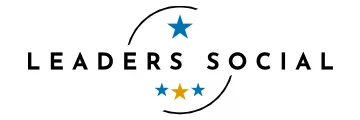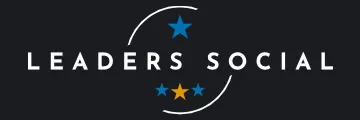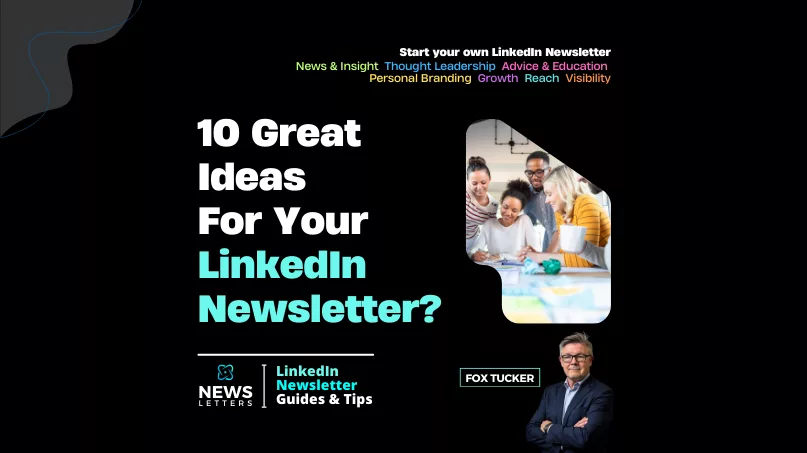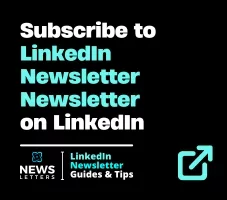If you’re looking to start a LinkedIn newsletter but aren’t sure where to begin, here are 10 great ideas that can help you engage your audience and grow your reach.
1. Industry Trends and Insights
Share your thoughts on emerging trends and developments in your industry. Offering insights into what’s happening in the field can position you as a go-to resource for your audience.
Example: A marketing professional could write about the latest social media trends and what they mean for businesses.
2. Leadership Tips
For professionals looking to build leadership skills, newsletters that focus on personal growth, management strategies, and leadership tips are always well-received.
Example: A business coach might publish actionable advice on improving leadership communication and team management.
3. Behind-the-Scenes
Give your audience a peek behind the curtain by sharing how you or your company operates. This content can help humanize your brand and build stronger connections with readers.
Example: A startup founder could share how their team approaches product development or the lessons learned in building a company culture.
4. Case Studies
Showcase your expertise by featuring real-world examples of how you or your company solved a problem. Case studies are a great way to highlight your successes and build credibility.
Example: A consultant might share a case study on how they helped a client overcome a major business challenge.
5. Success Stories
Share stories of personal or professional success, whether it’s your own or others’. Success stories are inspiring and relatable, making them popular with readers.
Example: A sales manager might share how they helped their team exceed quarterly targets and the strategies they used.
6. How-To Guides
Offer step-by-step guides on solving a common problem in your industry. Readers love actionable content they can implement immediately.
Example: A digital marketing expert could write a how-to guide on improving SEO for small businesses.
7. Interviews with Experts
Feature interviews with thought leaders or experts in your industry. Interviews can offer new perspectives and add variety to your newsletter.
Example: A tech company might interview a well-known developer about the future of AI.
8. Event Recaps
If you attend industry events, conferences, or webinars, summarize the key takeaways and share your thoughts. This is especially valuable for readers who couldn’t attend the event themselves.
Example: A PR professional might write about the key lessons from a major industry conference and how they can be applied to day-to-day work.
9. Product Updates
Keep your audience informed by sharing updates on your products or services. Whether it’s a new feature or an upcoming release, this helps build anticipation and keeps readers in the loop.
Example: A software company could announce a new feature launch, explaining how it will benefit users.
10. Reader Q&A
Encourage your readers to ask questions and then dedicate a newsletter to answering them. This helps you connect with your audience and address their specific needs.
Example: A career coach might invite readers to submit career-related questions and offer personalized advice in the next edition.















